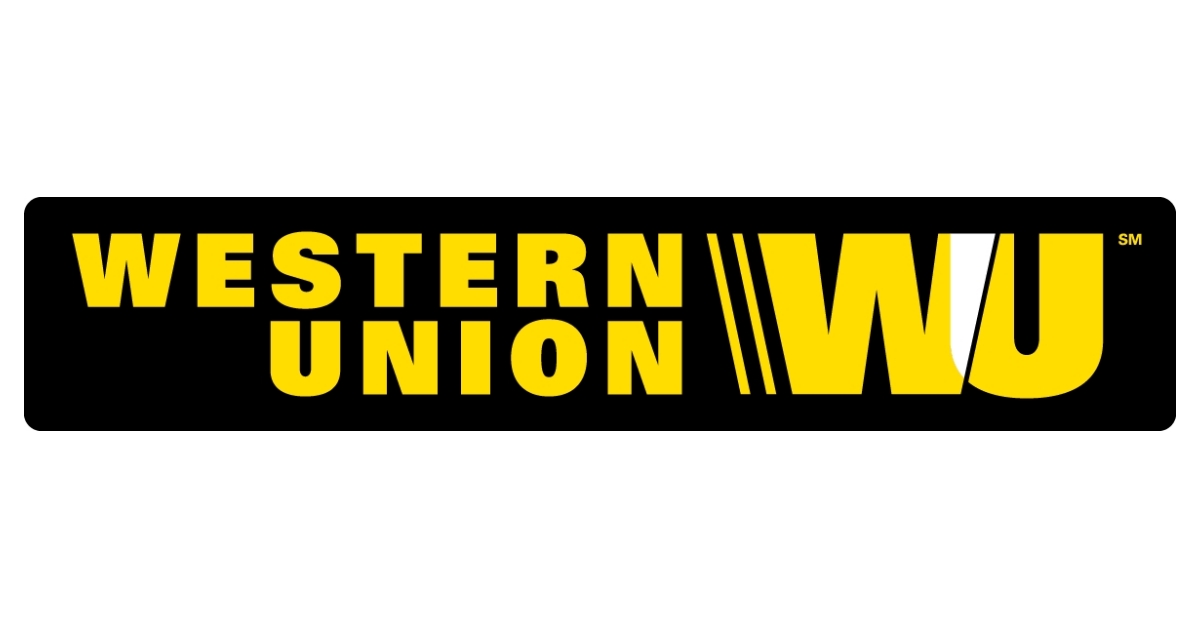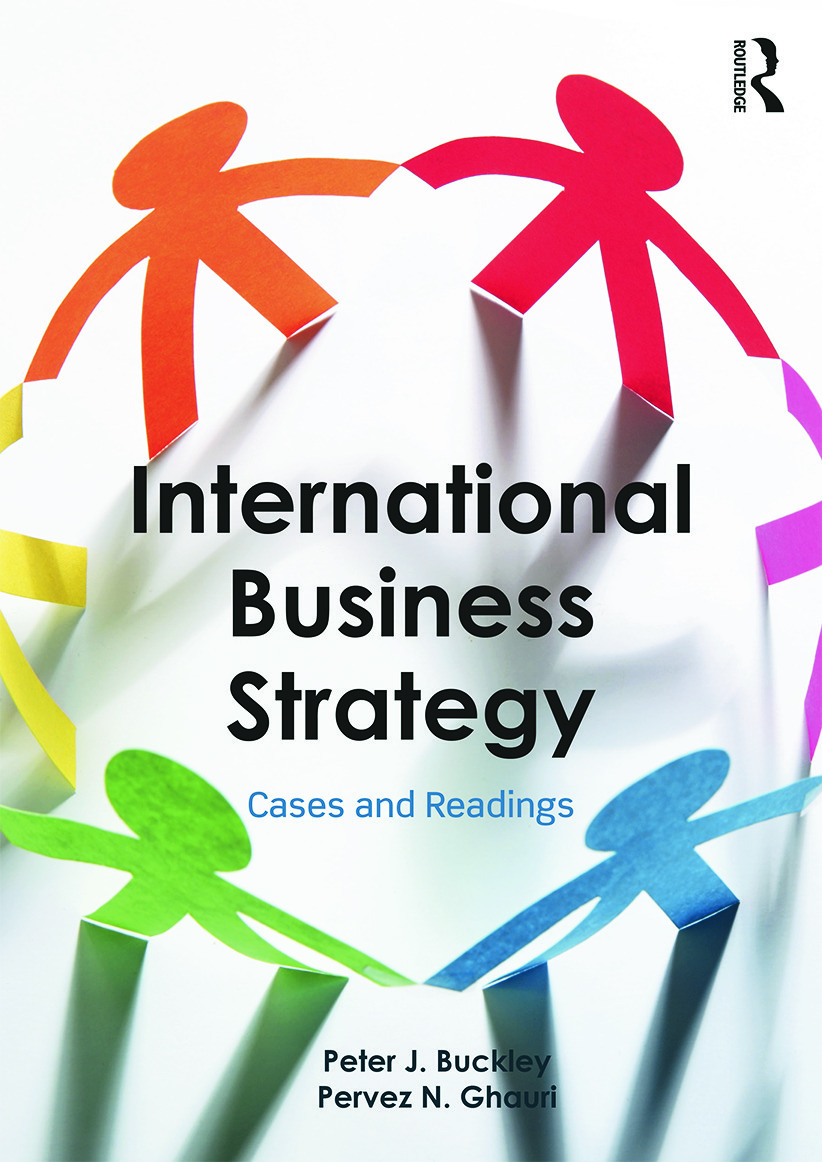International Business strategy assignment help. 15% discount
International Business Strategy
Businesses that are highly globally integrated have the objective to reduce costs as much as possible by creating economies of scale through a more standardized product offering worldwide. Companies with a multi-domestic strategy have an aim to meet the needs and requirements of the local markets worldwide by customizing and tailoring their products and services extensively.
Transnational companies often try to create economies of scale more upstream in the value chain and be more flexible and locally adaptive in downstream activities such as marketing and sales.
Increased globalization
Due to increasing globalization the past decades, even smaller companies have been able to cross national borders and do business abroad. Consequently, many terms have been given to companies operating in multiple countries: multinationals, global businesses, transnational companies, international firms et cetera.
The aim of this article is to clearly define these different terms and see how they differ from each other, because they do differ! An often used framework to distinguish multiple forms of internationally operating businesses is the Bartlett & Ghoshal Matrix (1989). Bartlett and Ghoshal clustered these businesses based on two criteria: global integration and local responsiveness.
Four basic international strategies
Business that are highly locally responsive have as extra objective to adapt products and services to specific local needs. It seems that these strategic options are mutually exclusive, but there are companies trying to be both globally integrated and locally responsive as can be seen in some examples below. Together these two factors generate four types of strategies that internationally operating businesses can pursue: Multi-domestic, Global, Transnational and International strategies.
Multi-domestic companies

Multi-domestic firms often have a very decentralized and loosely coupled structure where subsidiaries worldwide are operating relatively autonomously and independent from the headquarter. A great example of a multi-domestic company is Nestlé. Nestlé uses a unique marketing and sales approach for each of the markets in which it operates. Furthermore, it adapts its products to local tastes by offering different products in different markets.
Global companies
Global companies are the opposite of multi-domestic companies. They offer a standardized product worldwide and have the goal to maximize efficiencies in order to reduce costs as much as possible. Global companies are highly centralized and subsidiaries are often very dependent on the HQ. Their main role is to implement the parent company’s decisions and to act as pipelines of products and strategies. This model is also known as the hub-and-spoke model. Pharmaceutical companies such as Pfizer can be considered global companies.
Transnational company
The transnational company has characteristics of both the global and multi-domestic firm. Its aim is to maximize local responsiveness but also to gain benefits from global integration. Even though this seems impossible, it is actually perfectly doable when taking the whole value chain into considerations. Transnational companies often try to create economies of scale more upstream in the value chain and be more flexible and locally adaptive in downstream activities such as marketing and sales.
In terms of organizational design, a transnational company is characterized by an integrated and interdependent network of subsidiaries all over the world. These subsidiaries have strategic roles and act as centers of excellence. Due to efficient knowledge and expertise exchange between subsidiaries, the company in general is able to meet both strategic objectives. A great example of a transnational company is Unilever.
International: Low Integration and Low Responsiveness
Bartlett and Ghoshal originally didn’t include this type in their typologies. Other authors on the other hand have attributed the name to the lower left corner of the matrix. An international company therefore has little need for local adaption and global integration. The majority of the value chain activities will be maintained at the headquarter. This strategy is also often referred to as an exporting strategy. Products are produced in the company’s home country and send to customers all over the world. Subsidiaries, if any, are functioning in this case more like local channels through which the products are being sold to the end-consumer. Large wine producers from countries such as France and Italy are great examples of international companies.
proficientwritershub.com and international business strategy assignment essay
Proficientwritershub.com has the best writers to handle your assignment papers in different topic including importance of international business strategy and other related subtopics. Our writers are qualified and ensures quality papers that will get your grades up. Order now and receive help from an expert
International transactions using western union
Western Union Agent locations may also make alternative pick up options available to the recipient. However certain countries and financial institutions may choose not to accept these transactions due to local regulatory or other restrictions. Service timing and funds availability depends on certain factors including the Service selected the selection of delayed delivery options special terms applicable to each Service amount sent, destination country, currency availability, regulatory issues, consumer protection issues, identification requirements, delivery restrictions, agent location, hours and differences in time zones.
WESTERN UNION name, logo and related trademarks

The WESTERN UNION name, logo and related trademarks and service marks, owned by Western Union Holdings, Inc., are registered and/or used in the U.S. and many foreign countries and are used with permission. Trademark of Visa International Service Association and used under license.
Western Union Agent locations may also make alternative pick up options available to the recipient. Most Visa credit, debit and reloadable prepaid cards around the world are eligible. However, certain countries and financial institutions may choose not to accept these transactions due to local regulatory or other restrictions. Also, certain reloadable prepaid products may be restricted from receiving Visa Direct payments such as reloadable youth prepaid cards, government disbursement cards and Visa travel cards.
Estimated delivery time varies by country and will be displayed to you at the time of transaction. Transfer may be rejected, frozen or held due to regulations, policies and/or laws. Actual timing for funds availability varies by financial institution and depends on various factors, including regulations in the destination country, currency, amount of transfer, fraud screening in destination country and/or any other reason beyond the control of TD. Recipient financial institutions may make funds available to the recipient account within 30 minutes. Supported countries can change at any time and not all transfer methods may work in every country.
Looking for a similar assignment? Our writers will offer you original work free from plagiarism. We follow the assignment instructions to the letter and always deliver on time. Be assured of a quality paper that will raise your grade. Order now and Get a 15% Discount! Use Coupon Code "Newclient"



